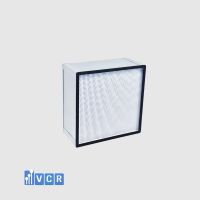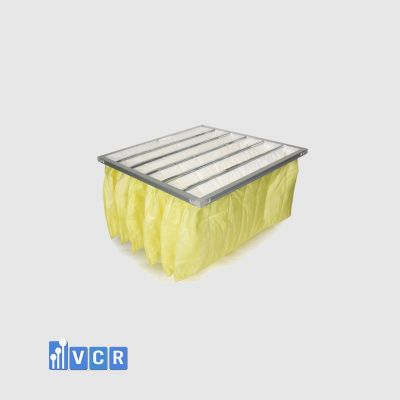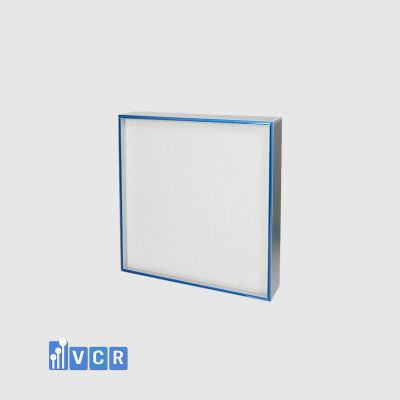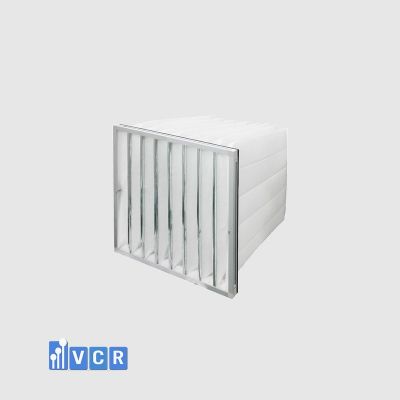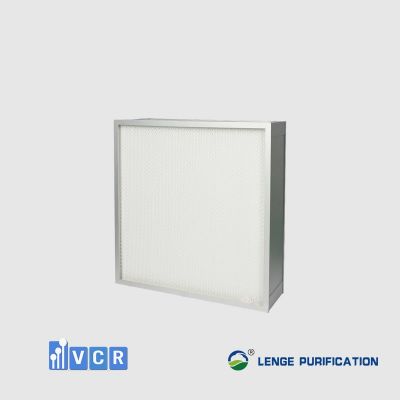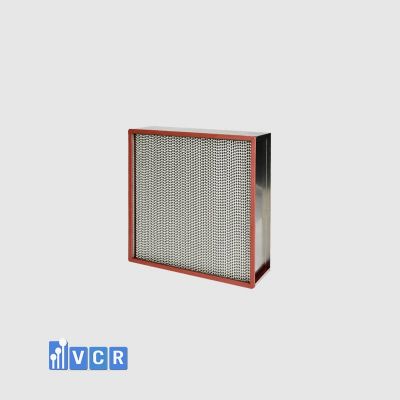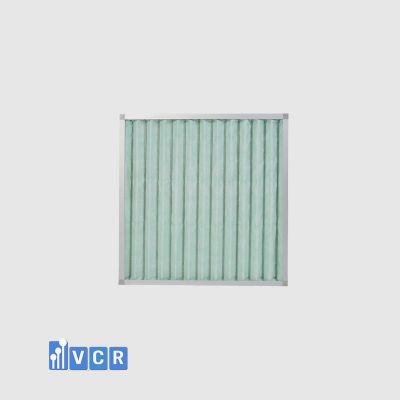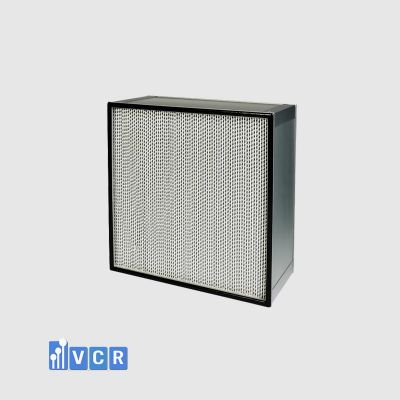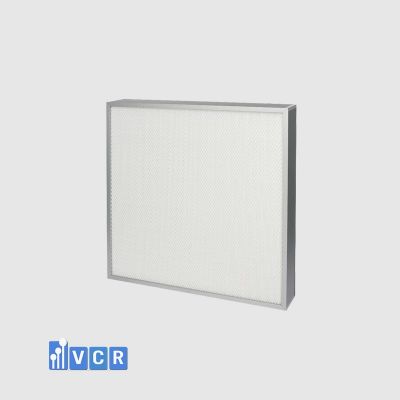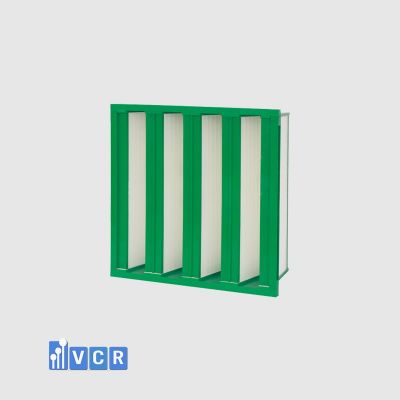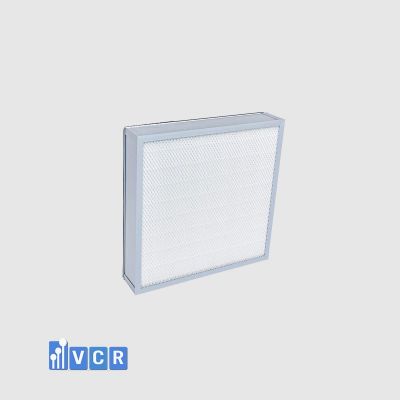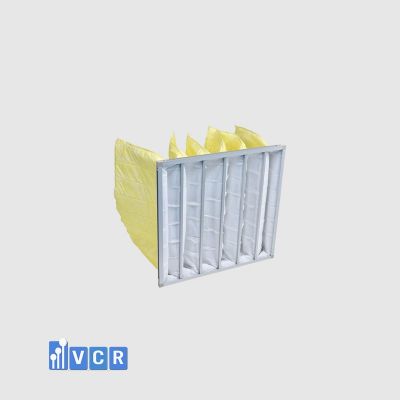Paper Separator HEPA Filter
HEPA filters are manufactured from the highest quality components, under demanding quality control conditions, and are certified to ensure performance
HEPA filters are manufactured from the highest quality components, under demanding quality control conditions, and are certified to ensure performance in the most critical of applications.
The efficiency from 99.97% to 99.999% on 0.3 micron particles.
HEPA level air filtration in applications wherein ultra-clean air, increased airflow capacity and energy-savings are critical.
High capacity HEPA filter are mainly used to filtrate the suspended particles in the air with the diameter of 0.3um and below and used for the terminal filtration of all kinds of filtration system.
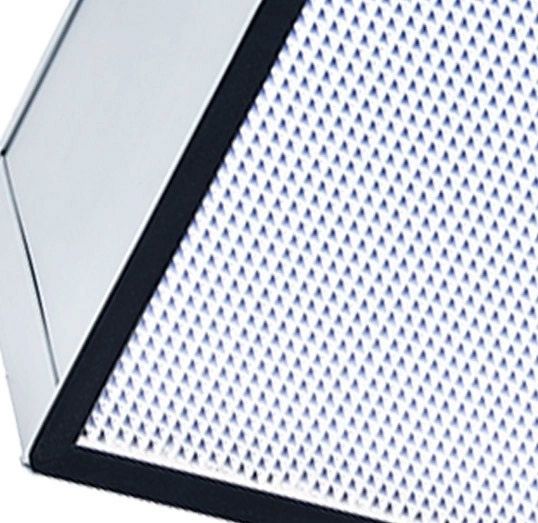
Application
HEPA filters are extensively used in the terminal filtration of the civil or industrial cleansing places in the industries such as electron, semiconductor, precision mechanism, pharmacy, hospital and food, etc., which require relatively high cleanliness factors.
It is suitable to filtrate for clean room and clean factory workshop with dust particle diameter less then 0.3-0.5um.
Features
1. The HEPA with aluminum separator is the finally filtration in clean room that use for filter the particles more than 0.3um, and in high airflow environment.
2. The media is used of micro glass fiber, the paper clapboard or the aluminum foil spacer in regular so that the refresh air pass through the media very easy. make the best of area used and increase the intensity of the pleats
3. The paper / aluminum foil media in 180 degree fold that compost of the wedge layer so that prevented the media damage.
4. The sealant around the media so that the air filter without any air leaking, the frame can be wooden, aluminum,galvanized or stainless steel.
5. Laser to scan the each air filter one by one,
6. The HEPA air filter efficiency range: H10, H11, H12 H13, H14, 95%-99.99995%@0.3um (EN1822).
7. Each air filter with test report accompany
Characteristic
1. High efficiency (mainly capturing particles of 0.5μm or more)
2. Low resistance
3. High dust holding capacity
4. The wind speed uniformity is good
Principle
The dust particles in the air move with the air flow as inertial motion or random Brownian motion or with some kind of field force. When the particles move into other objects, van der Waals forces exist between the objects (which are molecules and molecules, molecular clusters and The forces between the molecular clusters make the particles stick to the fiber surface. The dust that enters the filter medium has more chance of colliding with the medium and will be stuck when it hits the medium. Smaller dusts collide with each other to form larger particles and settle, and the concentration of dust particles in the air is relatively stable. The fading of the interior and walls is for this reason. It is wrong to treat fiber filters like sieves.
Inertia and diffusion
Particulate dust moves inertially in the air stream. When a disorderly arrangement of fibers is encountered, the air flow changes direction, and the particles deviate from the direction of inertia and hit the fibers and become bound. The larger the particles, the easier it is to impact and the better the effect. Small particles of dust make irregular Brownian movements. The smaller the particles, the more violent the random movement, and the more chance of hitting obstacles, the better the filtering effect. Particles smaller than 0.1 micron in air mainly perform Brownian motion, and the particles are small, and the filtering effect is good. Particles larger than 0.3 μm mainly perform inertial motion, and the larger the particle, the higher the efficiency. Diffusion and inertia are not so obvious that particles are hardest to filter out. When measuring the performance of high-efficiency filters, people often specify the dust efficiency values that are most difficult to measure.
Details:
- Frame: Galvanized sheet
- Media: fiberglass fiber
- Sealant: polyurethane
- Separator: paper
- Gasket: EVA
- Work temperature: ≤80℃
- Efficiency: 99.97% at 0.3um (MPPS)







